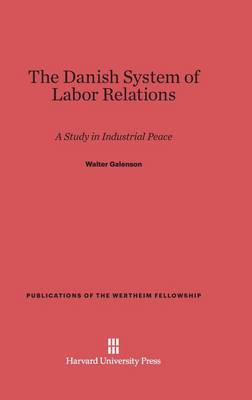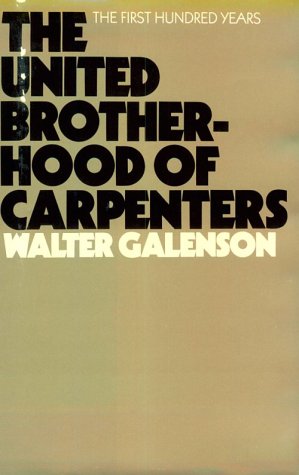Wertheim Publications in Industrial Relations
2 primary works • 4 total works
Book 7
Book 11
What makes American labor unions distinctive from others in advanced Western countries is neither as simple as their wanting “more” nor as philosophical as their operating in an open-class society. Through a comprehensive analysis of the United Brotherhood of Carpenters—the largest union before the 1930s and the pioneer—Walter Galenson details the reasons for the union's success. He finds that the Carpenters survived the vicissitudes of rapid industrialization and modernization because it was a conservative, business union.
From its inception in 1881, the Carpenters' union embraced the capitalist system and worked to improve productivity. This resulted in a higher wage scale, greater leisure time, use of technology to stretch construction work over the winter months, increased fringe benefits, job security during jurisdictional disputes, and more than normal advances by minorities and blacks. Galenson's book is based on a vast sampling of archival materials, including union records, diaries, minutes of local and affiliate unions, and AFL and CIO primary sources. The author blends narrative with shrewd intuitive analysis to provide an indispensable source for labor and economic historians and students of labor movements.
The period immediately preceding World War II was probably the most critical in the history of the American labor movement. Prior to 1936, the trade unions were weak, but by 1941 a fundamental change in power relationships enabled them to penetrate the strongholds of American industry—steel and automobiles.
The CIO Challenge to the AFL is a three-part study. It discusses the split in the American Federation of Labor and the formation of the Congress of Industrial Organizations; presents eighteen specific industry or union case studies, each an independent essay in economic history; and, finally, analyzes various general aspects of the labor movement.



